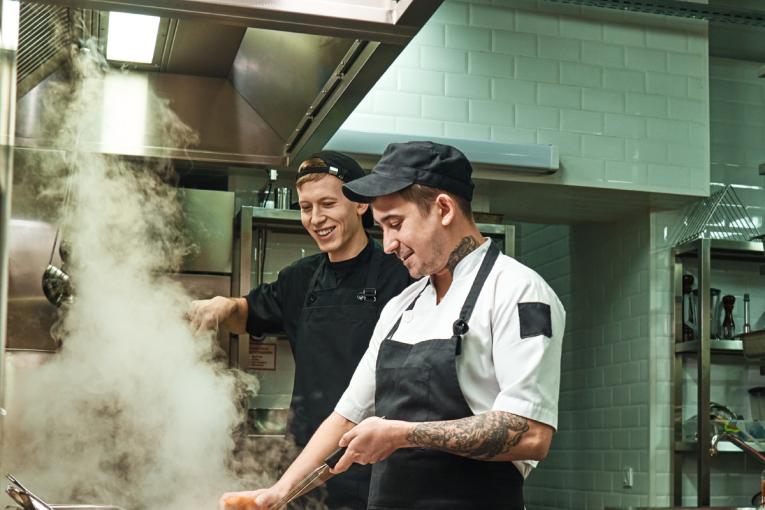Tips for Reducing Restaurant Insurance Premiums | QSR magazine

If an operator or franchisee is new to the restaurant industry and looking to insure their locations for the first time, they may be in for some sticker shock. Restaurants can be dangerous work environments, especially professional kitchens. Finding an insurance company willing to underwrite a restaurant at all can be difficult—and when operators do settle on a carrier, the premiums are often sky-high.
“The first challenge is finding a carrier that wants to underwrite restaurants,” says Pete McDonnell, president of Independent Insurance Review, LLC in Indianapolis. “These companies and their agents are evaluating risk. If they do underwrite restaurants in your location, they’re looking at prior losses; they’re looking at the safety program in place; they’re looking at the management’s commitment to safety. Then they compare those characteristics of that particular account with all the other restaurants they insure, and that’s how they arrive at higher or lower premium credits.”
Still, restaurant owners and operators aren’t powerless in this scenario. They can make sure they shop around for insurance quotes on a regular basis on the open market. They can also set themselves up to reduce their premiums as much as possible by creating a safer kitchen—while improving employee satisfaction at the same time.
“As an owner or operator, ask yourself if your account is in the best possible position it can be,” McDonnell says. “Do you have a good safety program? Are you doing everything you can with employee training? Make sure you have the best possible risk management program in place, because that’s how underwriters will price.”
Handling hot oil is one of the most dangerous back-of-house jobs. “If you don’t use an automated oil management system like Restaurant Technologies’ Total Oil Management® solution, you might have six or seven of your own employees lugging 50-pound hot oil jugs around,” McDonnell says. “Statistics show that 75 percent of workers’ compensation claims in restaurants are because of human error. When hot oil management is automated, you don’t need humans doing these risky jobs—and statistically, that’s going to reduce the chance for claims.”
The same goes for hood and duct cleaning. When grease builds up in a hood system, it increases the risk of a catastrophic fire. “Restaurant Technologies’ AutoMist® system for automated hood and flue cleaning also helps with property liability, general liability, and workers’ compensation,” McDonnell says. “So many national restaurant brands have turned to Restaurant Technologies’ Total Oil Management® and AutoMist® solutions because of the reduced risk these systems allow—as well as the improved efficiency.”
In fact, some insurance carriers have recently started awarding premium credits to brands using Restaurant Technologies systems. Many restaurant brands are seeing savings of five to 15 percent, McDonnell says.
“Restaurant Technologies’ clients using these systems are now getting savings on their premiums as an additional benefit,” McDonnell says. “These systems help improve employee morale; they help back-of-house efficiency; now they are helping to reduce insurance premiums in many situations. There are so many advantages.”
To learn more about how Restaurant Technologies solutions can reduce insurance premiums, visit the company’s website.
This content was originally published here.




Responses